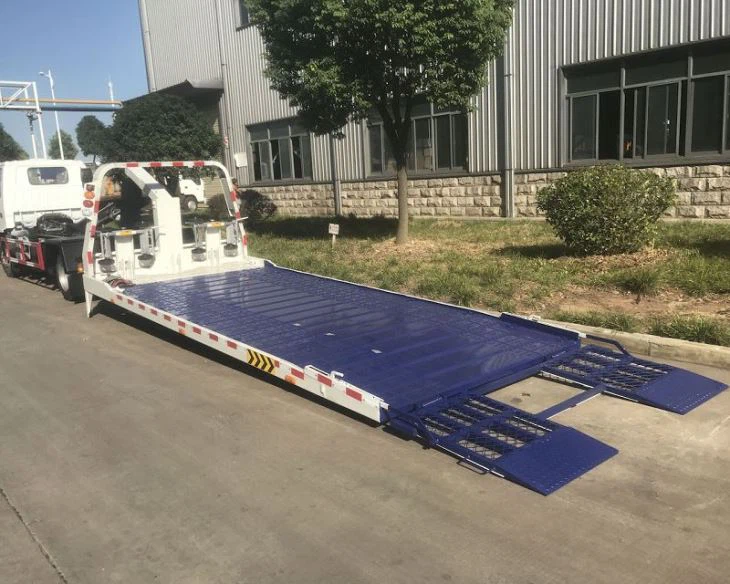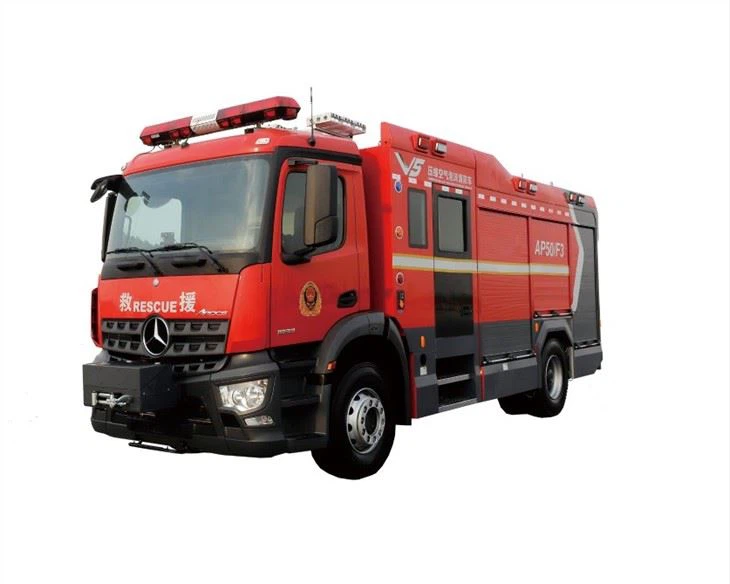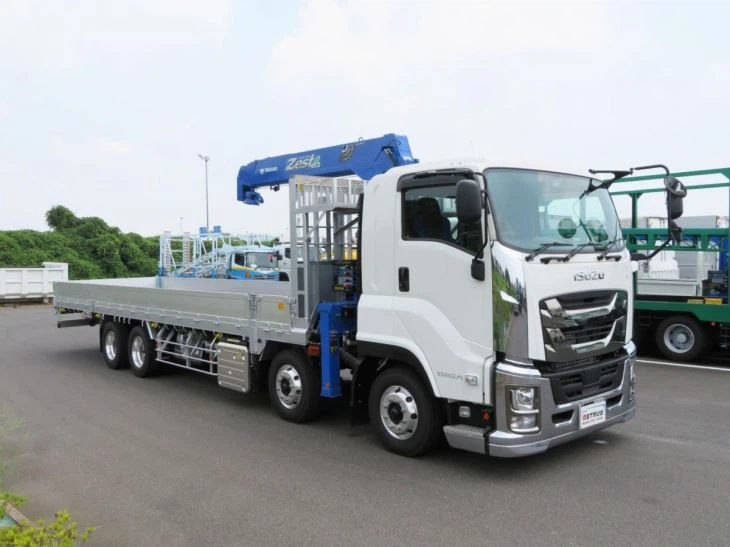How Much Does an Oil Tanker Weigh? A Comprehensive Guide

Introduction
The oil industry plays a significant role in the global economy, and one of its key components is the transportation of crude oil and petroleum products. This is done primarily through oil tankers, specialized ships designed to carry vast quantities of liquid cargo across oceans and seas. As a result, understanding the weight of these vessels is essential for industry professionals, maritime enthusiasts, and anyone interested in shipping logistics. This article delves into various aspects of oil tanker weight, including average weights, classifications, and their importance in maritime operations.
Understanding Oil Tankers
What is an Oil Tanker?
An oil tanker is a ship specifically designed to transport large quantities of oil. These ships have a wide range of capacities and are categorized based on their size and the type of cargo they can carry.
Types of Oil Tankers

Oil tankers can be classified into several categories based on their size and design:
- Crude Oil Tankers: Designed to transport unrefined crude oil from its source to refineries.
- Product Tankers: Specialized for transporting refined petroleum products like gasoline, diesel, and jet fuel.
- Very Large Crude Carriers (VLCC): These are among the largest tankers, capable of carrying up to 2 million barrels of oil.
- Suezmax Tankers: The largest ships that can transit the Suez Canal, typically carrying around 1 million barrels of oil.
- Aframax Tankers: Medium-sized tankers that can carry approximately 700,000 barrels of oil.
- Panamax Tankers: Designed to fit through the Panama Canal, usually carrying about 500,000 barrels.
How Much Does an Oil Tanker Weigh?
Deadweight Tonnage (DWT)
The weight of an oil tanker is typically measured in deadweight tonnage (DWT), which reflects how much weight a ship can safely carry, including cargo, fuel, crew, and provisions. The DWT for oil tankers varies significantly, depending on their size and classification:
| Type of Tanker | Average DWT (Tons) |
|---|---|
| VLCC | 200,000 – 320,000 |
| Suezmax | 100,000 – 200,000 |
| Aframax | 70,000 – 120,000 |
| Panamax | 40,000 – 80,000 |
Weight of Empty Tankers
In terms of its own weight when empty, called the lightweight or lightship weight, an average oil tanker can weigh anywhere from 20,000 to 100,000 tons, depending on its size and design. For example, a VLCC may have a lightweight of around 80,000 tons.
Weight Considerations in Shipping
The weight of an oil tanker is crucial for various reasons:
- Fuel Efficiency: Heavier ships consume more fuel; thus, balancing weight is vital for operational efficiency.
- Port Limitations: Ports have maximum weight restrictions for vessels, affecting which tankers can dock.
- Ballast Management: Tankers use ballast to ensure stability. Understanding the weight helps in effective ballast management.
Factors Influencing Oil Tanker Weight
Design and Materials
The design of an oil tanker, including the materials used in its construction, significantly influences its weight. Modern tankers utilize lightweight materials that enhance performance while maintaining safety standards.
Capacity and Configuration
The capacity of an oil tanker, including the number of cargo tanks and their configurations, determines how much weight it can carry. More tanks may mean increased weight or complexities in managing the load distribution.
Operational Practices
The operational practices employed by shipping companies also affect the weight of a tanker. This includes regular maintenance checks, weight distribution strategies, and how they manage ballast when empty or partially loaded.
Comparative Analysis of Oil Tankers

Trends in Shipbuilding
Advancements in shipbuilding technologies have led to the development of lighter and more fuel-efficient oil tankers. For instance, innovations in hull design and the use of composite materials have transformed the industry.
Sustainability and Environmental Impact
The shift towards cleaner technologies has led companies to consider the weight of oil tankers as an essential component in reducing emissions. Lighter ships consume less fuel, thereby minimizing their carbon footprint.
Practical Examples and Case Studies
Real-World Case: The TI Class Tankers
The TI Class of supertankers, among the largest oil tankers in the world, has a deadweight tonnage of over 440,000 tons. Despite their massive size, they are designed for efficiency, and their construction showcases the balance between weight and performance.
Real-World Case: The Maersk Triple E Class
While primarily container ships, the principles of weight optimization seen in the Maersk Triple E Class vessels illustrate how modern design can influence operational efficiency. For oil tankers, similar strategies are being employed to reduce weights and improve fuel consumption.
Tips for Oil Transportation Management
Weight Monitoring
Implement regular monitoring systems to track the weight and balance of oil tankers. This helps in ensuring safety and operational efficiency.

Use of Technology
Utilize technology like automated ballast systems and weight distribution software to improve the management of oil tanker loads.
Training and Safety Protocols
Ensuring crew members receive consistent training on weight management and safety protocols is essential for the effective operation of oil tankers.
FAQs
1. What is the average weight of an empty oil tanker?
The average weight of an empty oil tanker can range between 20,000 to 100,000 tons, depending on the size and classification of the tanker.
2. How does the weight of an oil tanker affect fuel efficiency?
A heavier oil tanker consumes more fuel, so managing weight is crucial for improving fuel efficiency and lowering operational costs.
3. What is the biggest oil tanker in the world?
The TI class supertankers are among the largest oil tankers, with a deadweight tonnage of over 440,000 tons.
4. Why is understanding the weight of an oil tanker important?
Knowing the weight of an oil tanker is vital for port operations, fuel efficiency, ballast management, and overall ship stability.
5. Can oil tankers ever be overloaded?
Yes, oil tankers can be overloaded, which poses significant risks such as capsizing or causing environmental disasters due to spills.
6. How often do oil tankers undergo maintenance checks?
Oil tankers typically undergo regular maintenance checks every few months, with more thorough inspections performed annually or biannually to ensure safety and performance.
